This website uses cookies so that we can provide you with the best user experience possible. Cookie information is stored in your browser and performs functions such as recognising you when you return to our website and helping our team to understand which sections of the website you find most interesting and useful.
Your support helps us to tell the story
As your White House correspondent, I ask the tough questions and seek the answers that matter.
Your support enables me to be in the room, pressing for transparency and accountability. Without your contributions, we wouldn't have the resources to challenge those in power.
Your donation makes it possible for us to keep doing this important work, keeping you informed every step of the way to the November election

Andrew Feinberg
White House Correspondent
Known for its lively Carnival parties, the coastal city of Rio de Janeiro is the most popular city for tourists to visit in Brazil, representing the very idea of the country and is often mistaken for its current capital.
While visiting Rio de Janeiro during Carnival is a must for anyone who wants to experience “the greatest show on Earth” through countless street parties and parades, the city also offers travellers beautiful beaches and a vivid landscape to explore, all looked over by Christ the Redeemer.
The azure waters that surround Sugarloaf Mountain and the golden sands of Copacabana are landmarks of Rio, but the beauty of the city can also be found in what you unexpectedly discover in the lesser-visited spots.
A host of museums and art galleries chronicle both Rio and Brazil’s medieval and colonial past, some remnants of which are visible today, both in the city’s samba culture and throughout neighbourhoods such as Lapa, known for being a nightlife hub, and Santa Teresa, the artistic district found on the steep hillside.
A city as eclectic as Rio contains an impossibly large number of things to do on your visit, but we’ve rounded up a list of the best to help you plan your trip.
Cocktails and kickabouts on Copacabana or Ipanema
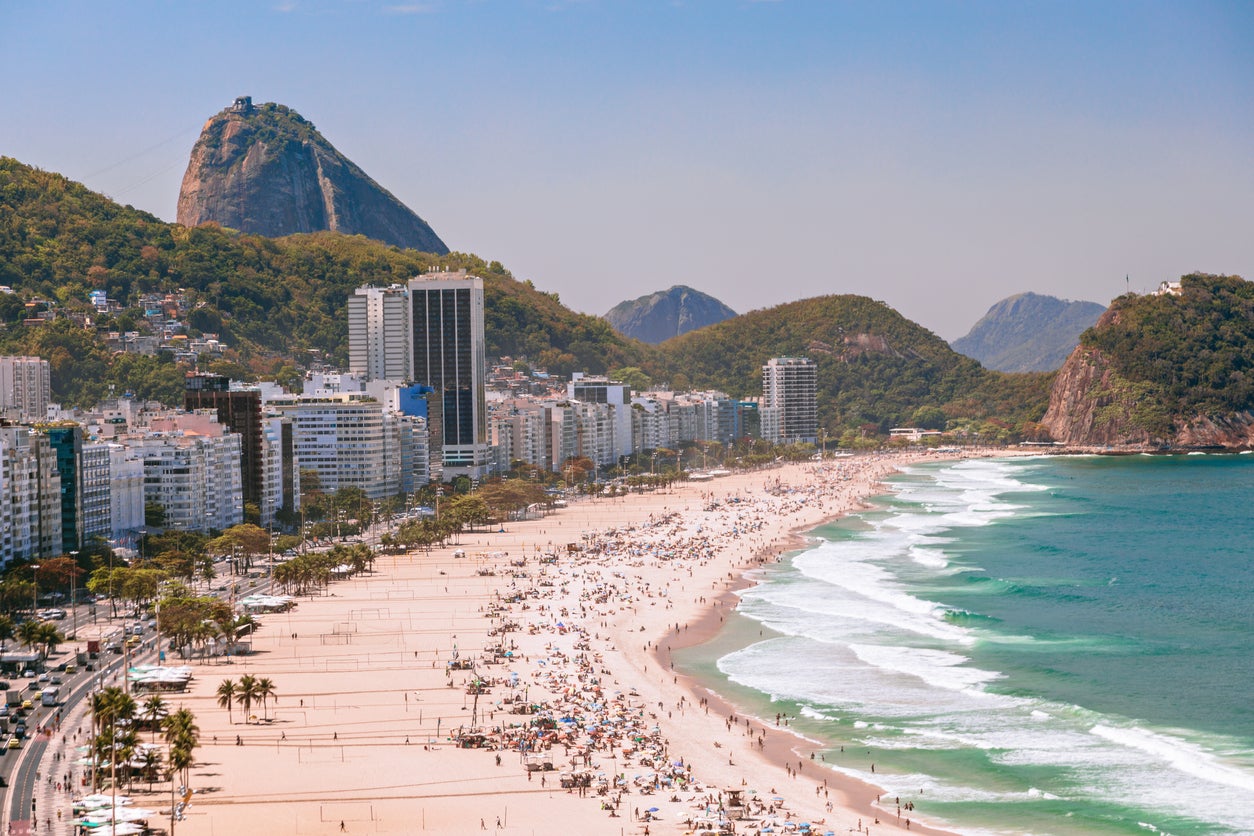
Rio’s beaches are one of its more recognisable features and have greatly contributed to the city’s modern-day image. The two-and-a-half-mile golden stretch of Copacabana has become as synonymous with Rio as the Redeemer or Sugarloaf, being a focal point of the city for celebrations, protests and everything in between. Usually, the beach is strewn with various characters, from caipirinha-sipping tourists and local kids playing beach football to people taking a stroll along the promenade and vendors plying their trade.
Not too far from the western end of Copacabana, the similarly beautiful yet slightly less well-known Ipanema beach lies in front of the eponymous neighbourhood. More popular with locals, this stretch is a social mixing point with sports, surfing and LGBT+-friendly sections.
Read more: The best beaches in Brazil
Ascend to Christ the Redeemer
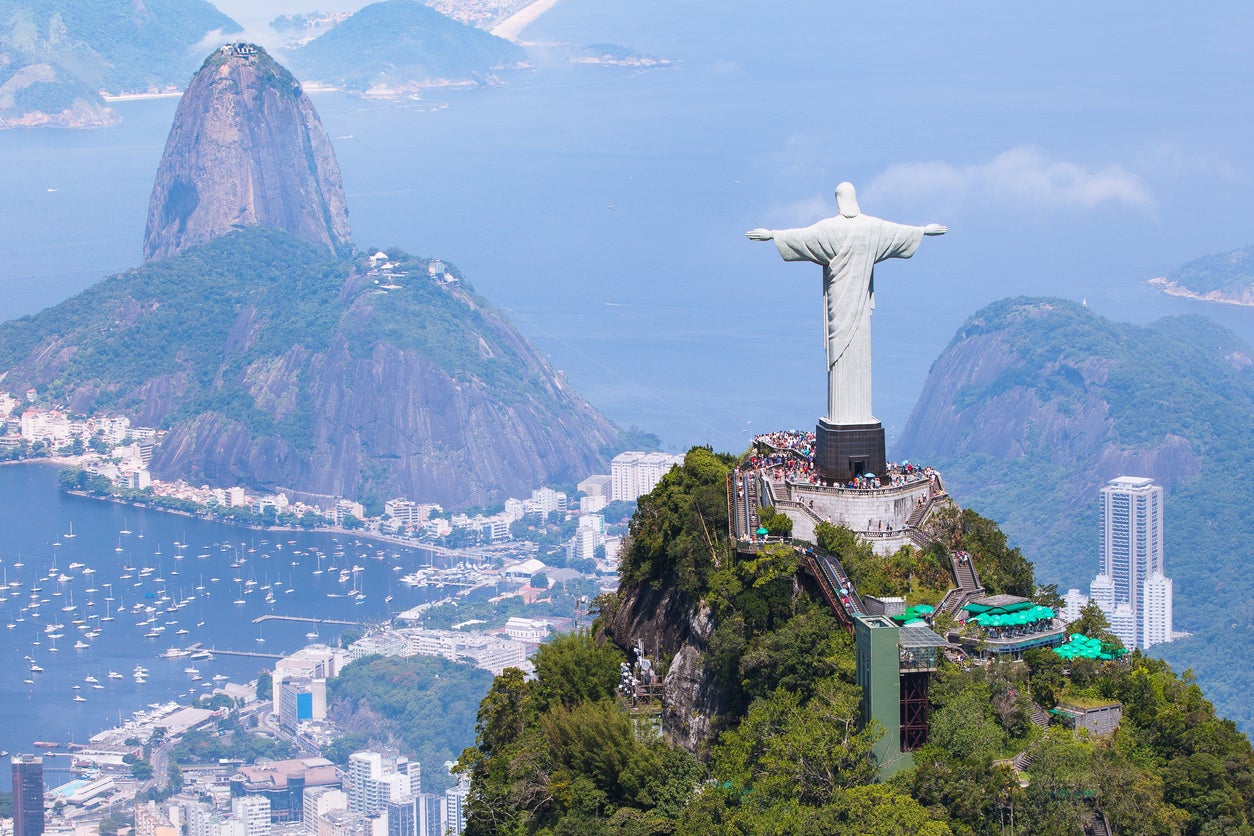
El Cristo Redentor towers above the city as a symbol of Christianity known throughout the world. This 38-metre tall, 28-metre wide structure stands on top of the Corcovado mountain.
Though seeing it is easy from many corners of the city, especially when it is lit at night, a journey to the top of the Corcovado mountain to get up close to the statue is one of Rio’s ‘must-do’ activities. Most choose to get to the top via a 20-minute train journey that begins within Tijuca National Park – tickets include a round-trip and entry to the attraction for around £11 online.
Snap a photo on Escadaria Selarón
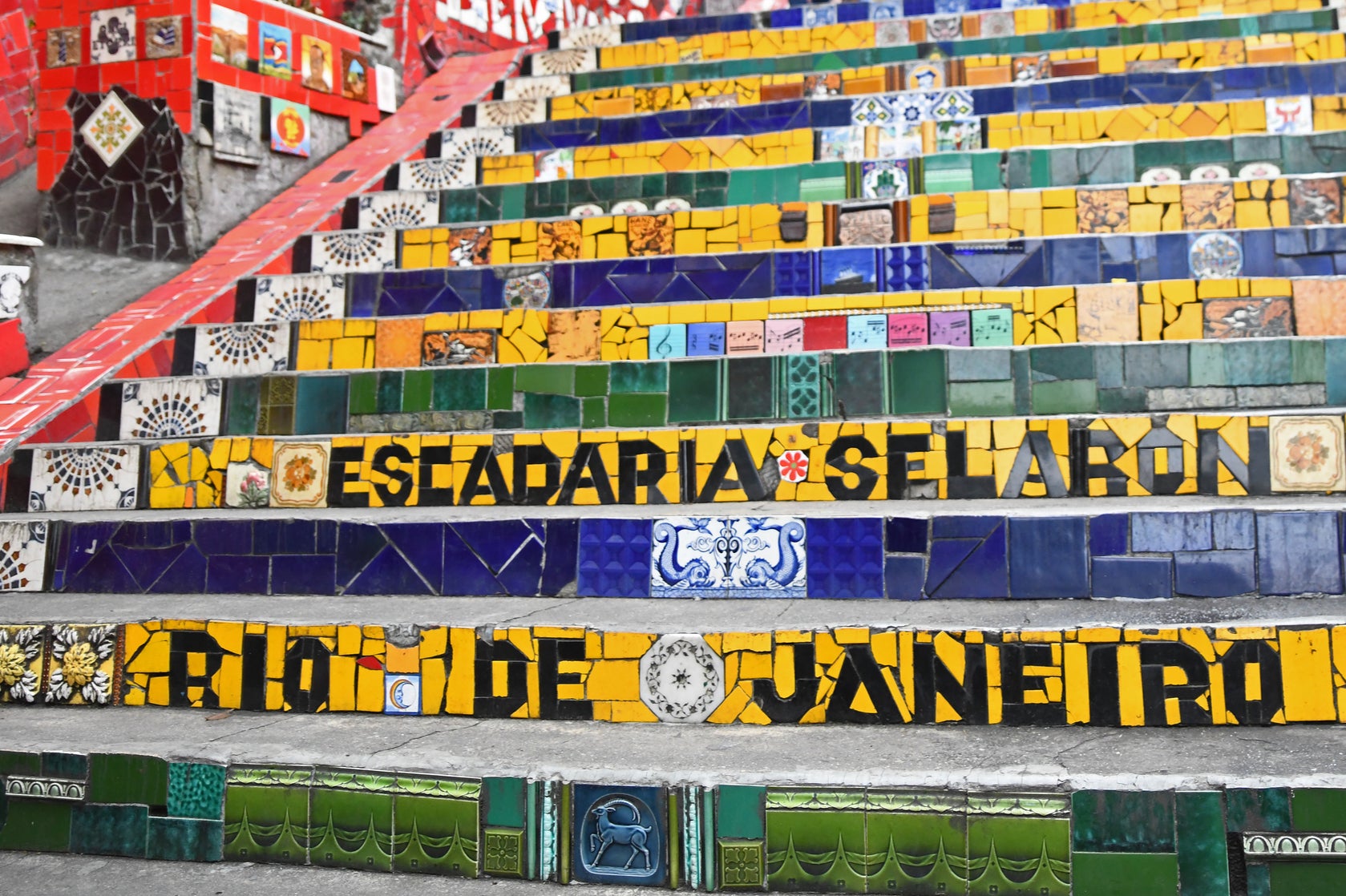
Escadaria selarón, also known as the ‘Lapa Steps’, is one of the city’s most-loved attractions due to its vibrant colours, which are highly Instagrammable. Leading up from Joaquim Silva Street and Pinto Martins Street, these brightly-coloured steps are covered in more than 2,000 tiles collected from over 60 countries.
The artwork covers 215 steps, completed by Chilean-born artist Jorge Selarón, who dedicated them to the people of Brazil. Now a city landmark, the stairs are regarded highly as a masterpiece by locals and visitors alike. Take a walk up the steps to take a look at the eclectic mix of tiles, or try and snap a quick photo while the staircase is not busy.
Read more: Brazil travel guide: Everything you need to know before you go
Visit during Carnival
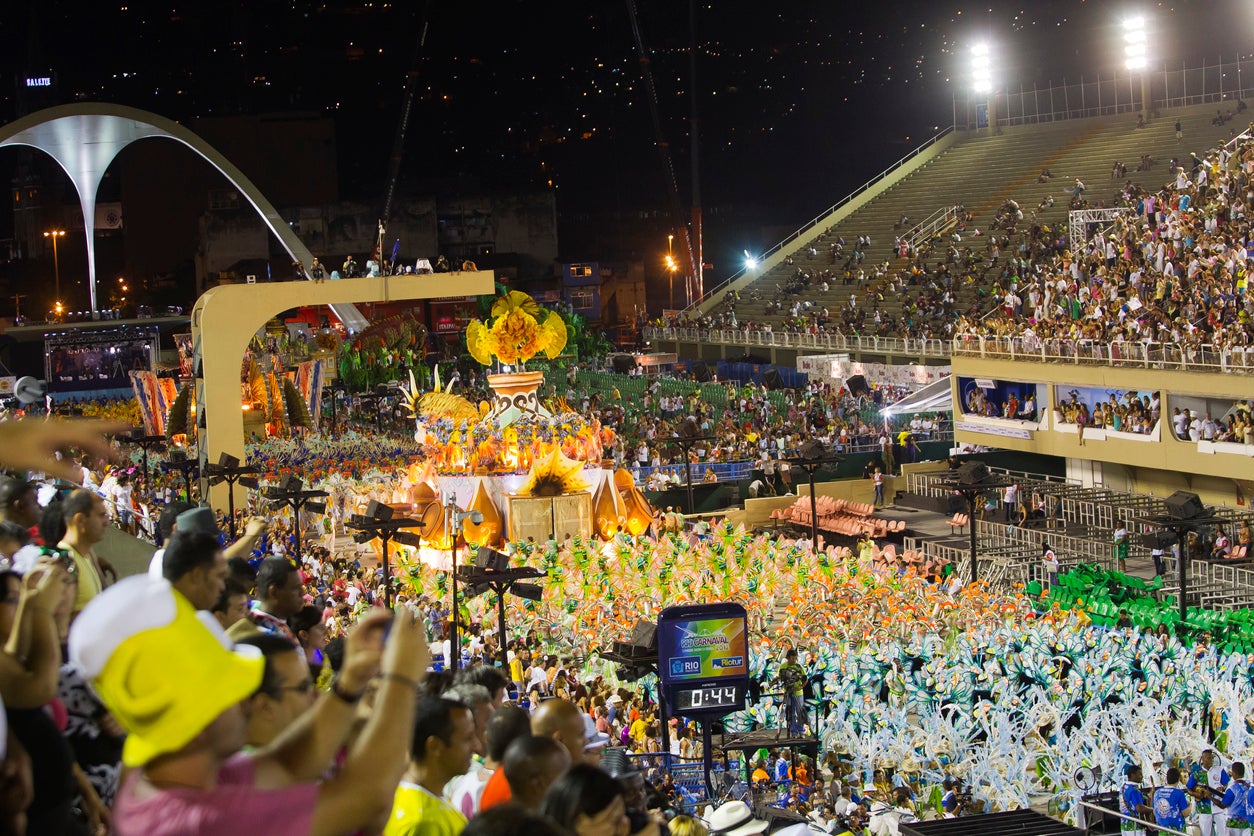
Few places in the world party like Rio does during Carnival. As celebrations go, this is one of the most famous – and wild – on Earth, perhaps only rivalled by the same festivities in Salvador.
Held every year in the week leading up to Lent (28 February to 8 March in 2025), this festival welcomes around two million people per day to the streets of Rio, revelling in samba-driven street parties, musical performances and large-scale parades in the purpose-built Sambodromo. Around 500 free street parties take place every day during Carnival, with costumed revellers and samba music making the streets a sea of colour and noise. There are different themes in each so-called bloco, ranging from Super Mario to the Beatles.
Hike up Sugarloaf Mountain
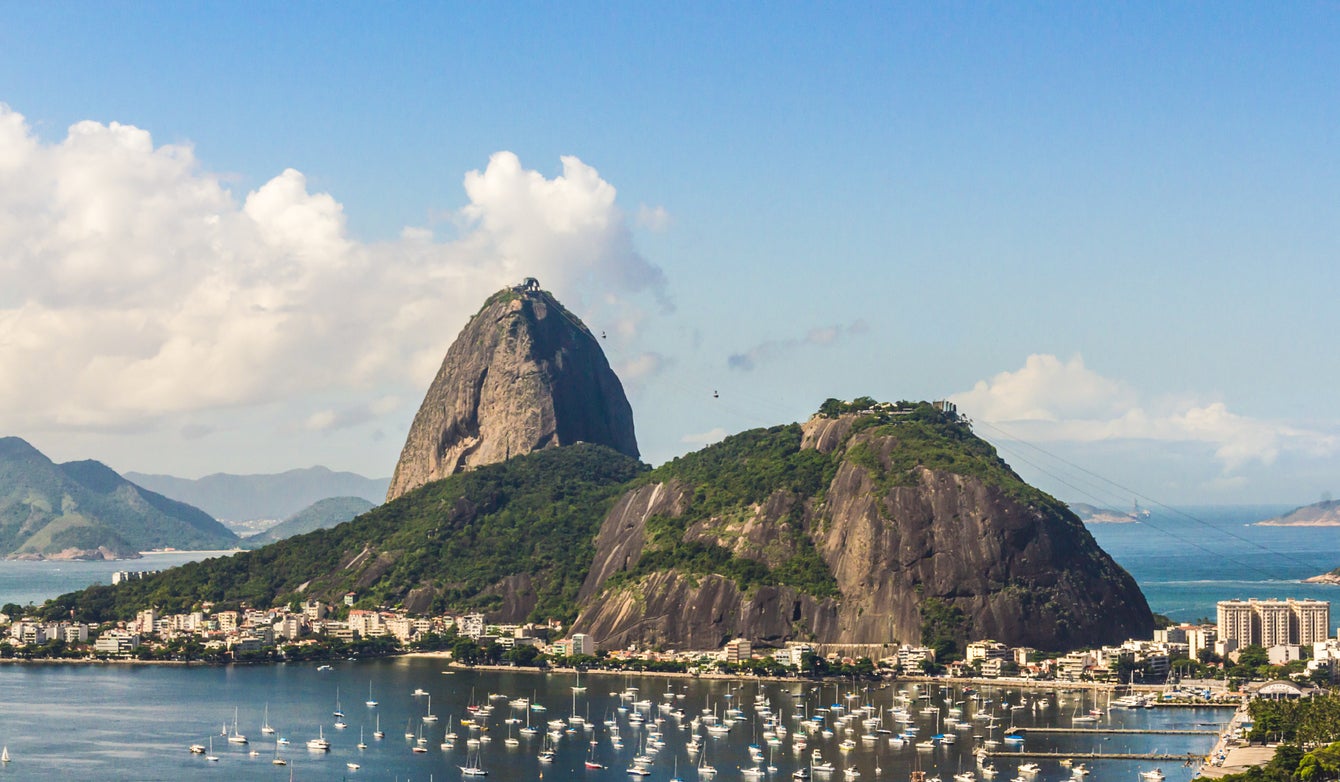
Another symbol of the city, the 396-metre tall Sugarloaf Mountain (known locally as the Pao de Acucar) stands with the Redeemer and Copacabana as the unofficial trinity of Rio’s must-see sites. The summit is accessed by cable car, with the journey taking you first to the top of Urca Hill and then to the peak, as panoramic views over Rio’s hills skyscrapers and sands appear beneath you. At the top, you’ll get to add in views of Christ the Redeemer and more of the city’s coastline.
The cable car journey takes under 10 minutes and costs around £25, showing off views up to 396 meters above sea level. Visit around sunset for the best views.
Read more: Rio de Janeiro city guide: Where to eat, drink, shop and stay in Brazil’s hottest city
Sample some nightlife
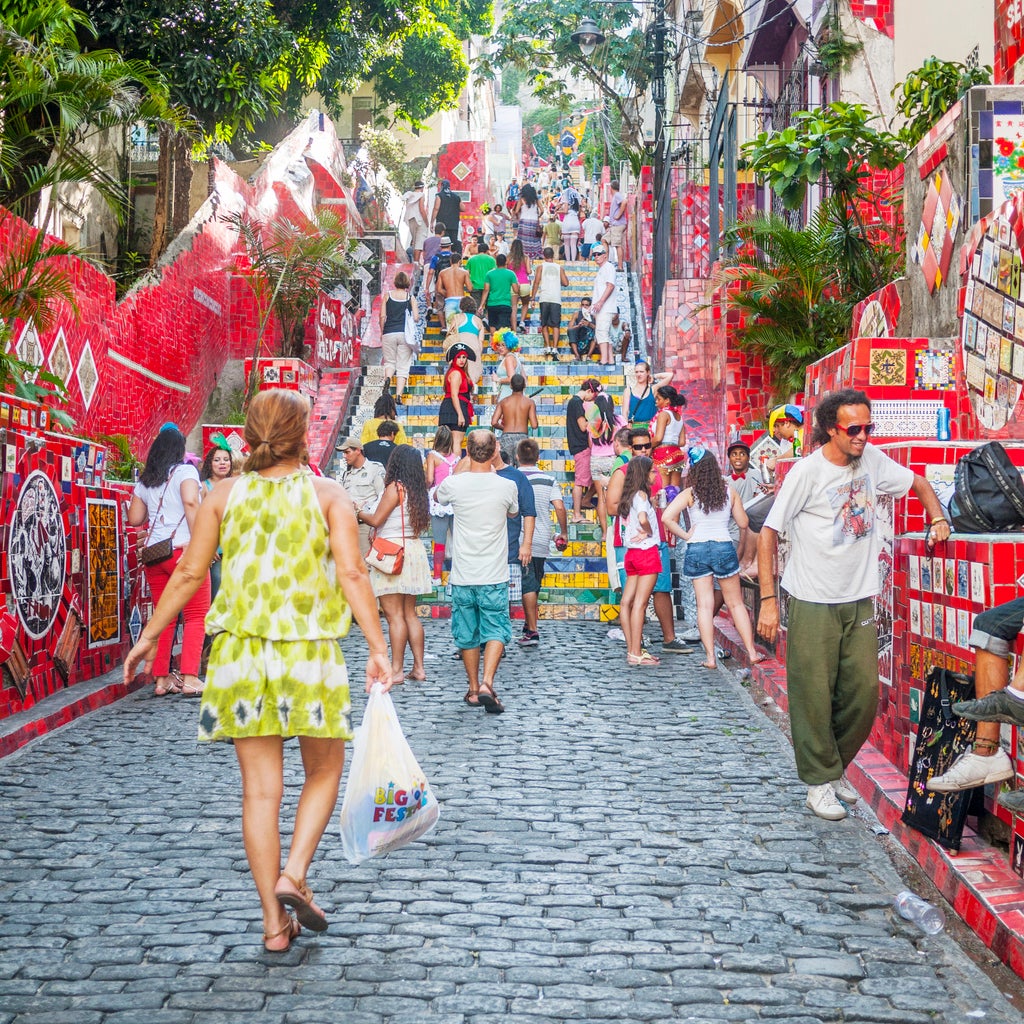
Outside of Carnival time, the Lapa neighbourhood is the city’s nightlife centre. It’s a former red light district just south of the centre, and consists of colourful alleys that are home to dozens of clubs, bars and restaurants, with places that cater to both tourists and local revellers. This is the tourist nightlife centre, popular with a younger crowd eager to take advantage of drink and entry deals.
Close by, bohemian and artsy Santa Teresa is a good place for quieter nights on the town, with plenty of traditional cocktail bars and some more chic hangouts. The southern areas around Ipanema and Gavea are popular too, with the Baixo Gavea square known for busy nightlife during the weekend, while Botafogo and Copacabana remain reliable options, with Botafogo the better choice for more rowdy, longer-lasting nights out.
Catch a game
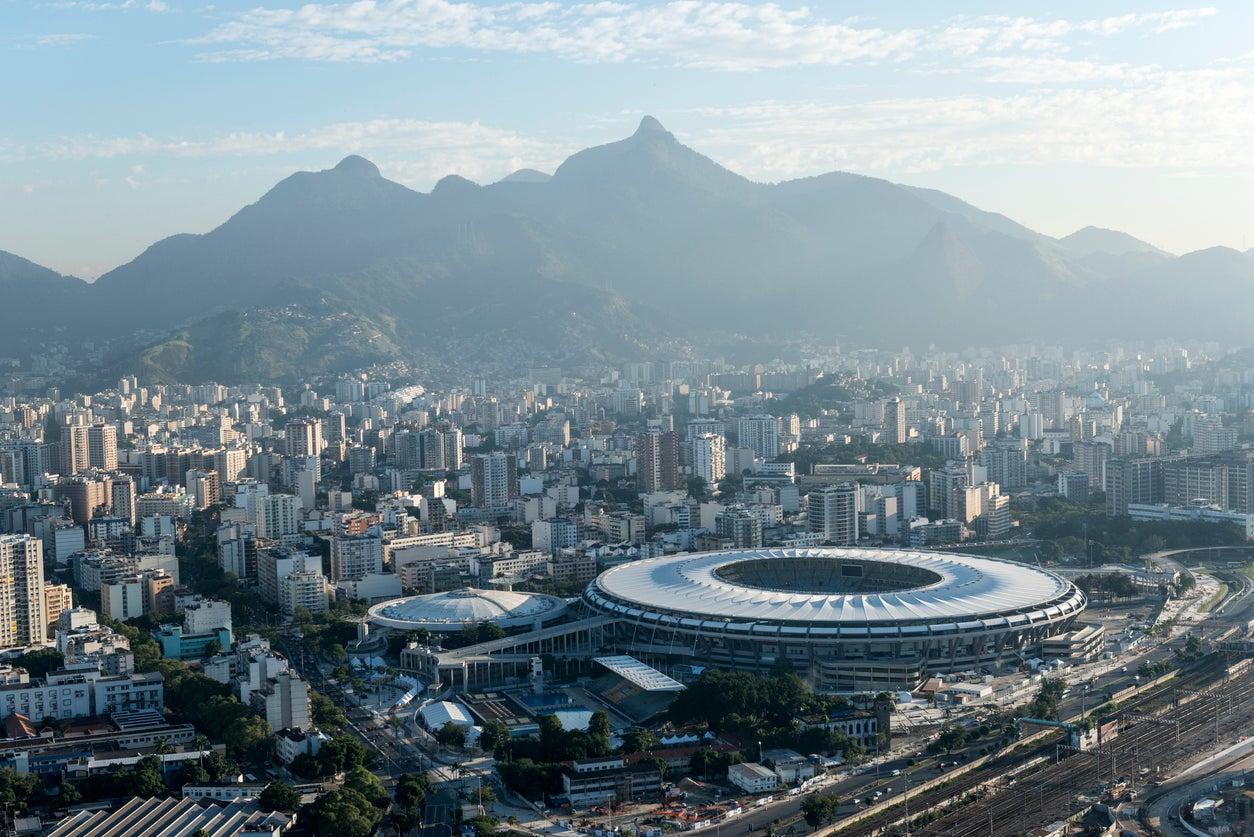
Brazil’s stylish victories in five World Cups have led to it becoming football’s adopted home. You may be lucky enough to see the national team play at Rio’s Maracana stadium, but if not, try and catch a home game from either local squad Flamengo or 2023 South American champions Fluminense. The 2024 season runs from 14 April to 18 December, giving you a chance to see the beautiful game in one of its spiritual homes.
Read more: Brazil’s Rio Negro: Exploring the largest swathe of protected rainforest in South America
Stroll through the Botanic Gardens or the Parque Lage
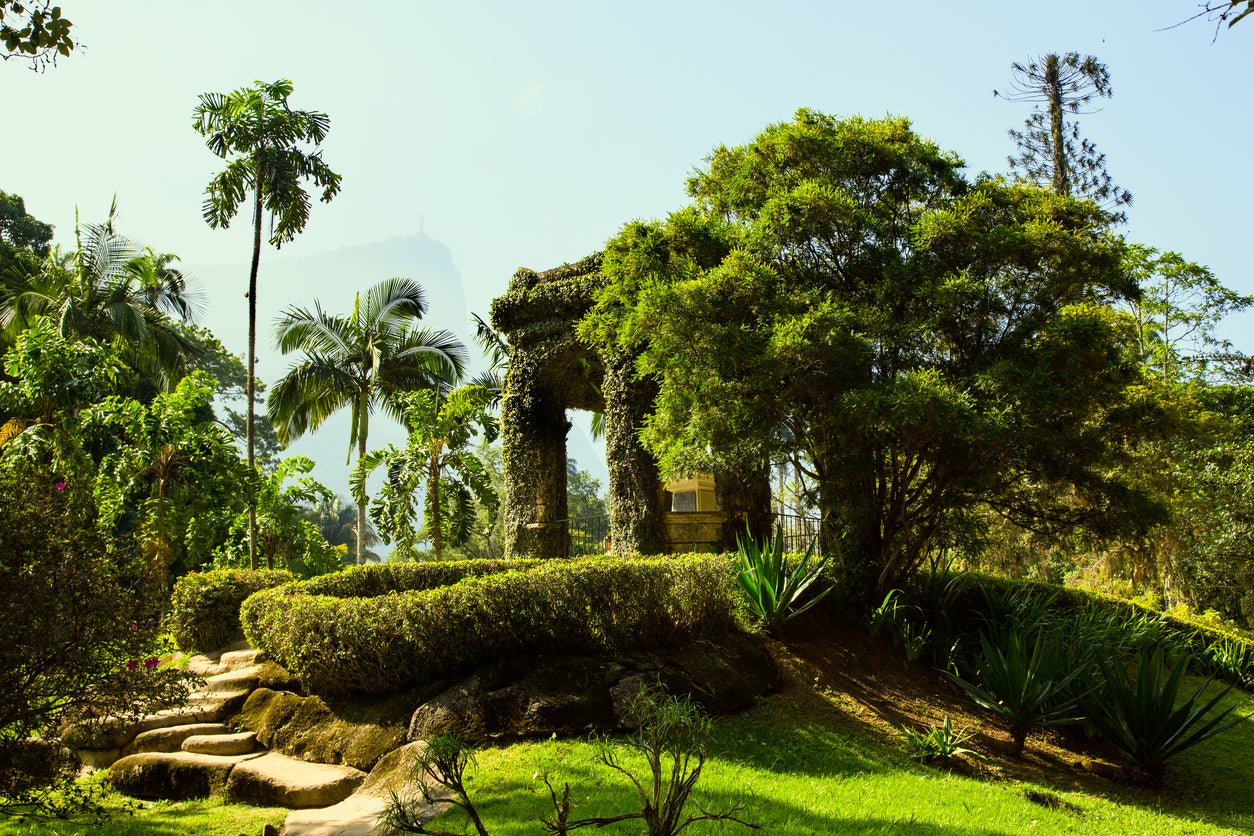
Rio’s parks and gardens provide an oasis of calm in a sometimes dizzying city, away from hectic traffic and hedonistic parties. The most well-known is the Jardim Botanico, a sea of green that spans an 840-acre space filled with around 9,000 tropical plant species.
The more adventurous alternative is the Parque Lage, at the foot of the Corcovado Mountain. This former estate is now a public park, at the centre of which lies a 19th-century mansion surrounded by dense forest and towering hills. Visitors can explore caves and see an aquarium or art exhibitions.
Another scenic spot is the Lagoa Rodrigo de Freitas, a tranquil lagoon encircled by a four-and-a-half mile walking and cycling track. Vendors along the route sell food and drink, with the area particularly popular at the beginning of long summer nights.
Visit a museum
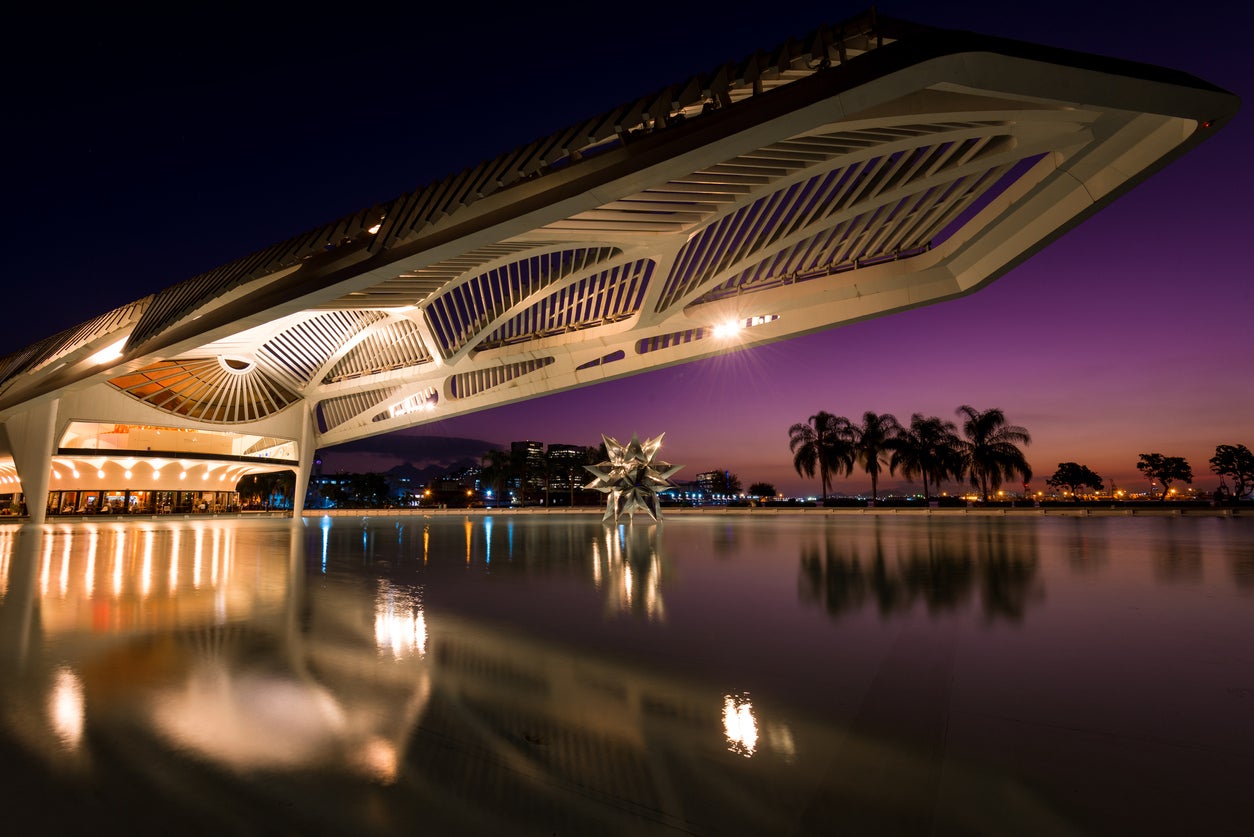
It’s easy to swap hedonism for history lessons in Rio. For the low-down on Brazil’s past, start at the National Historical Museum, which contains over 300,000 pieces that help illustrate the country’s complicated history. At the opposite end of the spectrum, a more recent addition to the city is the Museum of Tomorrow, a ground-breaking science museum with exhibits on space, humans and the challenges that we face in protecting the Earth.
The Museum of Modern Art showcases works from the last two centuries, while the Chacara do Ceu, victim of a famous robbery in 2006, holds pieces from a range of international artists.
Read more: How Brazil’s ‘ugly sister’ might actually be its Cinderella city



 Africana55 Radio
Africana55 Radio 
